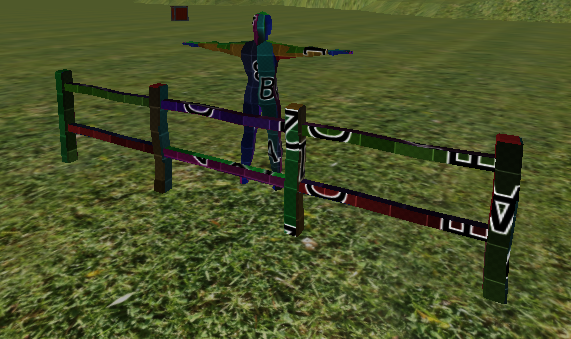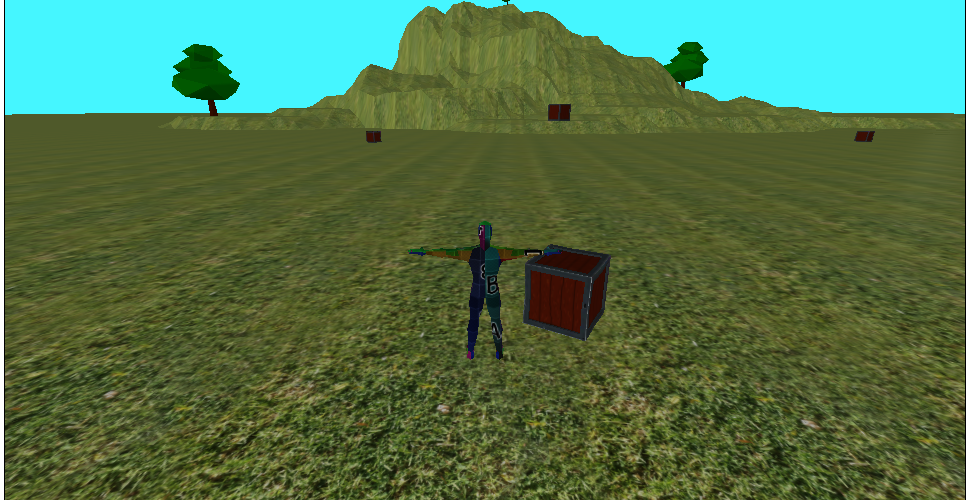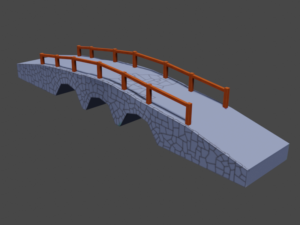It should come as a shock to absolutely no one, but I’ve changed direction yet again. I really think this one is going to stick because I’m going back to a single-player, 2d RPG. And I’m using an actual game engine, instead of trying to make all the tools myself from scratch. It has taken me a little time to get used to it, but the Godot Engine is absolutely amazing. I’ve messed around with Godot before but was never serious about it because I didn’t like the idea of exporting a game to HTML5 because it would be packed together and it would create a delay for the game to initially load. Eventually I thought, “Screw it!” because every game on earth has some kind of load time. Besides that, the browser caches quite a bit of that data so it really only slows down the very first time you run the game.
I’ve been working on a new story and doing some preliminary testing with Godot’s 2d tools and I’ve made really, really fast progress, at least as compared with other times I’ve tried doing everything from scratch. The game’s view is top-down. I have a player character that moves in 8 directions and animates in 4. I have three very basic scenes: a town, a house in the town, and a bedroom in the house. The player can use the doors to go in between the scenes and everything generally works. Just this basic level of functionality is really fantastic to reach because a lot of the important building blocks of how Godot works were necessary to get to this point, and it really hasn’t been too bad. The map editing tools are a little clunky but totally work, and the whole process is just like 1,000% faster than trying to figure out how to do absolutely everything in code, or with tools I’ve made myself.
I still like the idea of incremental development where I frequently release versions of the game with minor improvements between versions. I’m already up to v0.00.005, but I may wait until I have something that at least resembles a game before I really put it up here for public consumption.
This will still be a huge project but I think I’m off to a better start than I’ve maybe ever been before because I’m using tools that lots of other people have used to successfully make completed games, and that’s always encouraging. I’ll try to post here regularly as I make progress, so stay tuned.


